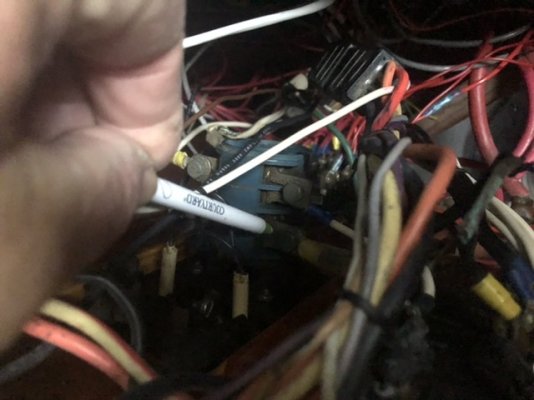BonesD
Senior Member
I almost had a disaster this evening.
While dozing off I smelled electrical insulation burning.
The TV was on and I had turned the heater on 10 minutes earlier. I thought possibly the return on the heat exchange might have been plugged and the motor was cooking so I started to pull the cover off of that but before I got it open I heard the TV sputter off and I had already turned off the heater.
I turned off all the ac and dc breakers (should have done that first)and started searching for the source of the burn. I opened the panel that my breakers panels are mounted on and the top double throw breaker for the rest of AC panel had one lead completely burned through, wire and all.
It wasn’t overloaded in anyway so I’m not sure where to start. I don’t know why the breaker didn’t trip.
I checked continuity on both sets of contacts on the breaker and the switch worked just fine.
Heater?
Bad connection
Very old breakers and panel.
Anyway I’m going to sleep with the power unplugged at the dock. Fortunately only going down to 40 degrees tonight.
Any thoughts?
While dozing off I smelled electrical insulation burning.
The TV was on and I had turned the heater on 10 minutes earlier. I thought possibly the return on the heat exchange might have been plugged and the motor was cooking so I started to pull the cover off of that but before I got it open I heard the TV sputter off and I had already turned off the heater.
I turned off all the ac and dc breakers (should have done that first)and started searching for the source of the burn. I opened the panel that my breakers panels are mounted on and the top double throw breaker for the rest of AC panel had one lead completely burned through, wire and all.
It wasn’t overloaded in anyway so I’m not sure where to start. I don’t know why the breaker didn’t trip.
I checked continuity on both sets of contacts on the breaker and the switch worked just fine.
Heater?
Bad connection
Very old breakers and panel.
Anyway I’m going to sleep with the power unplugged at the dock. Fortunately only going down to 40 degrees tonight.
Any thoughts?



